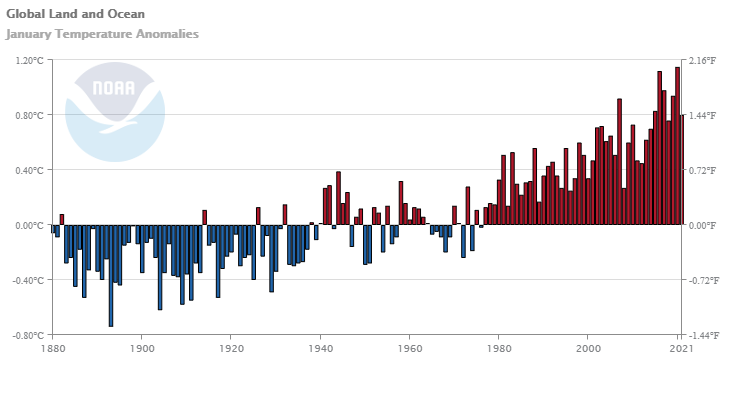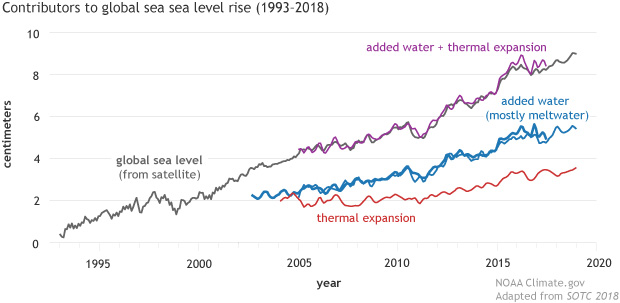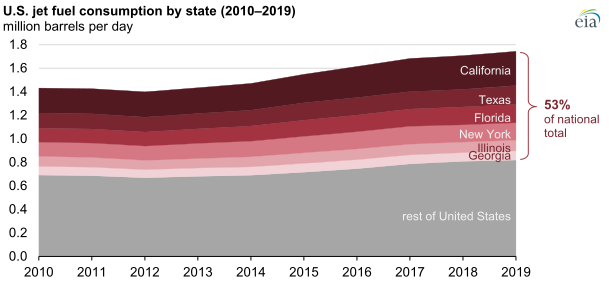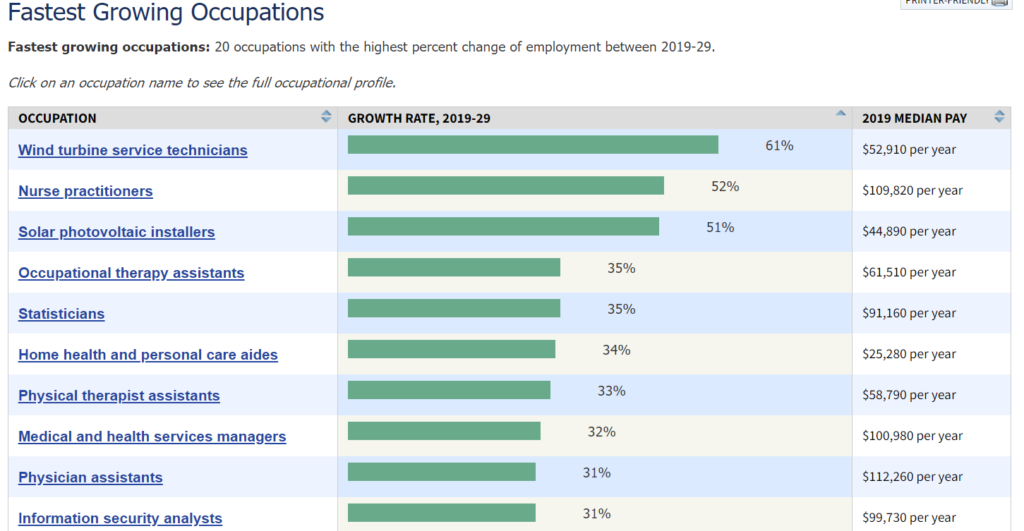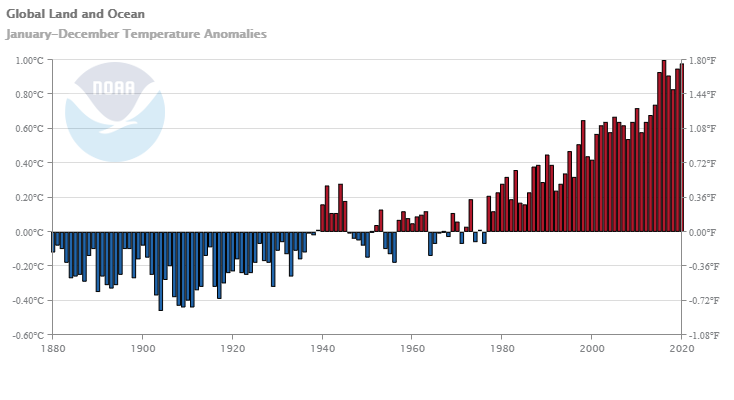 The Ocean Cleanup article Forecasting Ocean Plastic Around The GLOBE: A Deep Dive Into Modeling The Garbage Patches by Axel Peytavin (2/12/2021) provides an excellent overview of modeling the movement of plastic to the main garbage patches in the oceans.
The Ocean Cleanup article Forecasting Ocean Plastic Around The GLOBE: A Deep Dive Into Modeling The Garbage Patches by Axel Peytavin (2/12/2021) provides an excellent overview of modeling the movement of plastic to the main garbage patches in the oceans.
We are now ready to delve into the core of the dispersion model: the advection scheme . It revolves around a central differential equation that integrates all phenomena at stake to give an estimate of a particle velocity, or the plastic’s speed through water. Basically, our methods calculate the particle’s velocity at a given time with a formula and use it to estimate where the particle will be a few minutes later. We repeat this process over a long period of time to get a series of positions, i.e., a trajectory of where the plastic goes.
Interesting data storage needs:
As this process has to be repeated over years, the datasets containing wind and speeds all around the globe can take up a lot of space. For instance, the LLC4320 global circulation model uses no less than 5 petabytes of data to be stored. At The Ocean Cleanup, we often use HYCOM data for currents (illustrated below), and GFS for the wind; and our datasets require at least 1.5 terabytes to be stored.
There is an equation and animated graphs.
As an aside here is a page with interesting marine mammal facts: Expert Guide to the Most Interesting Marine Mammals on the Planet.
